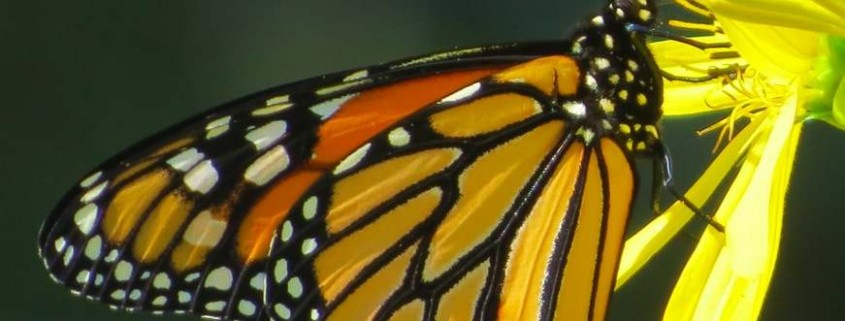Compassion Rising as Strategy for Climate Adaptation

First published September 17, 2015. On last Thursday’s Late Night, Stephen Colbert interviewed Joe Biden about his son’s death. It was remarkable to hear a potential presidential candidate speak so candidly about his emotions. He used the term empathy in almost every sentence. Viewers could only imagine the magnitude of his decision: to run for president, which he acknowledged would take 110% of his time and attention, or to spend time with his newly fatherless grandchildren, widowed daughter-in-law and his stricken wife.
New Yorker writer Evan Osnos commented the next day that
“…it was impossible not to see, in the Biden interview, a rebuttal to Trump’s moment in America—to the notion of self-promotion as success, of cruelty as candor, of empathy as weakness.”
The notion of empathy as weakness is being subverted as mainstream America develops a reverence for gentleness and compassion. You see it everywhere.
I learned about the Charter for Compassion from Cynthia Figge, COO of CSRHub(sponsor of this blog) and a Council member. That charter was created in 2008 to promote dignity and respect among humans. Now, climate change has pushed the charter to extend to compassion to nature as well, allowing “human beings to survive and thrive.”
Compassion has always been essential to our evolution. As Darwin wrote, “…those communities, which included the greatest number of the most sympathetic members, would flourish best…” Time Magazine‘s Greg Griffin expanded on Darwin in his article last week,
“‘Survival of the fittest’ is a sham,” which debunks the myth that American exceptionalism is based on military strength. Griffin’s thesis that cooperation, not strength, is key to survival is founded in our biology: we are “systems of cooperating species,” where microbial cells (bacteria) outnumber our cells ten to one.
We as humans rely on these interconnections and the compassion that feeds them to address society’s ills. One example: Stanford’s Medical School uses Compassion Cultivation Training to strengthen doctors’ empathy and kindness, thereby improving patient outcomes. As part of the program, the Stanford Medical Center will also incorporate more than 40,000 square feet of gardens to connect patients with the healing power of nature.
Just last month, The Sustainability in Prisons Project opened at the Washington Corrections Center to bring nature into the prisons. By making videos of nature available to prisoners in solitary confinement, prison officials intend to reduce prisoner violence, anxiety and depression. (Solitary confinement itself is being questioned for reasons of compassion.)
And then there’s business. With its increasing emphasis on CSR, or Corporate Social Responsibility, business addresses four buckets of sustainable behavior — employee, environment, community and governance — all of which fall within the rubric of compassion. India enacted legislation requiring companies with at least $830,000 in profits to allocate 2 percent to CSR activities, institutionalizing this more compassionate approach. And while poverty and malnutrition are terrible problems in India, providing its population with access to clean water and air is even more critical to survival.
Even football has its compassion champions. Seattle Seahawks’ coach Pete Carroll leads his team with a kinder gentler hand that includes yoga, meditation and respect for the individual. Yelling, swearing and harshness are not allowed. In 2014, his unorthodox technique brought the team its first Super Bowl championship. Carroll’s compassion for his players extends to the environment as well: Four years ago, Seahawks’ owner Paul Allen initiated the Green Sports Alliance with the Natural Resource Defense Council to model environmental behavior. Since then, the Seahawks have converted to clean energy and provided the means for fans to recycle and compost at games.
Just as on the football field, compassion and cooperation work better than criticism and conflict, especially when applied to mitigating climate change. Donald Trump represents a dying model of power and influence, one that has led us to this precipice. We’re ready for something new, albeit built on constructs as old as life itself: the evolutionary imperative to be sympathetic and the neurological requirement to be compassionate. If these qualities galvanize our reverence for nature, we just might have a fighting chance.
Photo courtesy of Ruth Edwards.


